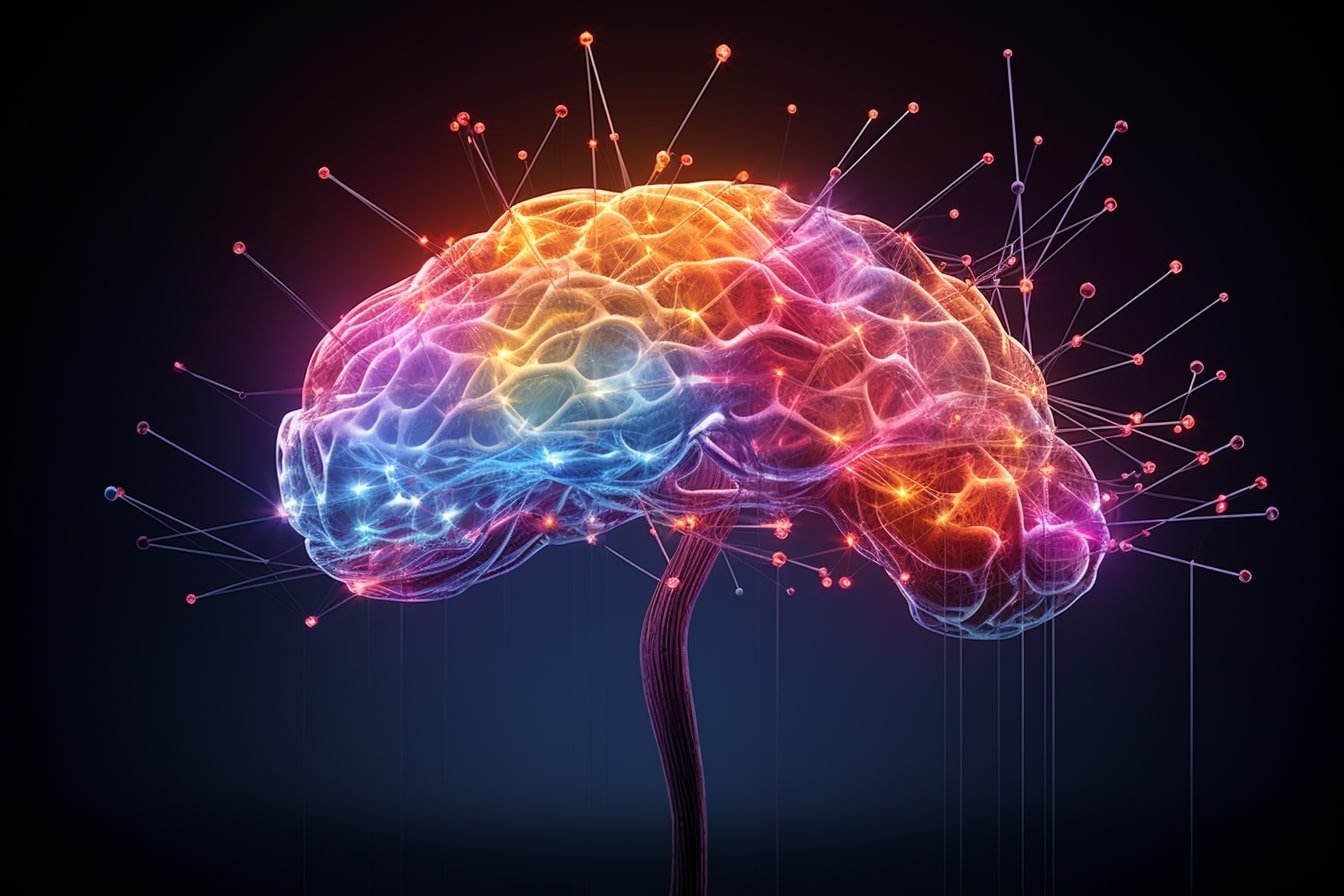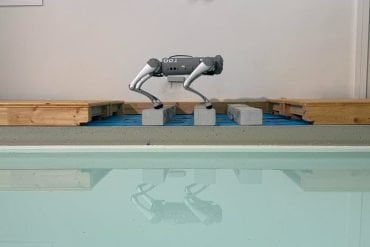Summary: Researchers identified a crucial brain circuit that affects how we value rewards in comparison to others.
The team temporarily blocked connections between the medial prefrontal cortex and the lateral hypothalamus in monkeys, using a technique known as DREADD. They found that, when disconnected, monkeys became less sensitive to the prospect of others receiving rewards, suggesting this pathway plays a pivotal role in socially subjective reward valuation.
The study improves understanding of social behaviors and may assist in diagnosing and treating related brain injuries or alterations.
Key facts:
- The study identified a brain circuit connecting the medial prefrontal cortex and the lateral hypothalamus, which plays a crucial role in socially subjective reward valuation.
- By blocking this circuit using the DREADD technique, researchers found that monkeys became less affected by the prospect of others receiving rewards.
- This finding improves our understanding of social behaviors and can assist in diagnosing and treating injuries or alterations to these brain regions.
Source: NINS
Although you might never have consciously considered it, it’s very likely that when you receive a reward, part of the value that you place on it depends on what other people have received as similar rewards.
In a recent study published in Nature Communications, Japanese researchers have identified an important brain circuit for this specific process.

Although researchers have identified the brain regions that are important for deciding the value of a reward in relation to those of others (a process the authors termed ‘socially subjective reward valuation’), the connections between these regions have never been tested experimentally.
The research team from the National Institute for Physiological Sciences (NIPS) decided to create a temporary disconnect between the medial prefrontal cortex, which is part of the social brain network, and the lateral hypothalamus, which is involved in social reward valuation.
“We used a relatively new technique that is commonly known as DREADD, or ‘designer receptor exclusively activated by designer drug’, in macaque monkeys,” says senior author of the study Masaki Isoda.
“This method allowed us to temporarily block most of the connections from the brain’s medial prefrontal cortex to the lateral hypothalamus.”
To test the effects of functionally disconnecting two regions of the monkeys’ brains responsible for socially subjective reward valuation, the researchers used an existing experimental setup. Two monkeys were sat together and shown pictures on a screen. After seeing each picture, only one of the monkeys (or sometimes neither of the monkeys) received water as a reward.
By varying the probability of reward for each monkey over a series of tests, the researchers were able to see what happened when the monkeys expected a reward for themselves (they made many licking motions with their tongues) versus a reward for the other monkey (they made fewer licking motions).
“Using this test, we were able to see the effects of disconnecting the medial prefrontal cortex from the lateral hypothalamus on the monkeys’ expectations of rewards,” says Isoda.
“We were excited to see that, with this disconnect, the monkeys were much less susceptible to the prospect of others receiving rewards, but that their own expectations of a reward did not change, suggesting that this pathway is a key circuit in socially subjective reward valuation only.”
Together with recent research suggesting that the medial prefrontal cortex/lateral hypothalamus circuit is crucial for social rank information in mice, these results indicate that this circuit underlies many important social behaviors.
A better understanding of this pathway will aid in the clinical diagnosis and treatment of injuries or alterations to the medial prefrontal cortex and lateral hypothalamus.
About this neuroscience research news
Author: Hayao KIMURA
Source: NINS
Contact: Hayao KIMURA – NINS
Image: The image is credited to Neuroscience News
Original Research: Open access.
“Chemogenetic dissection of a prefrontal-hypothalamic circuit for socially subjective reward valuation in macaques” by Masaki Isoda et al. Nature Communications
Abstract
Chemogenetic dissection of a prefrontal-hypothalamic circuit for socially subjective reward valuation in macaques
The value of one’s own reward is affected by the reward of others, serving as a source for envy. However, it is not known which neural circuits mediate such socially subjective value modulation.
Here, we chemogenetically dissected the circuit from the medial prefrontal cortex (MPFC) to the lateral hypothalamus (LH) while male macaques were presented with visual stimuli that concurrently signaled the prospects of one’s own and others’ rewards.
We found that functional disconnection between the MPFC and LH rendered animals significantly less susceptible to others’ but not one’s own reward prospects. In parallel with this behavioral change, inter-areal coordination, as indexed by coherence and Granger causality, decreased primarily in the delta and theta bands.
These findings demonstrate that the MPFC-to-LH circuit plays a crucial role in carrying information about upcoming other-rewards for subjective reward valuation in social contexts.






